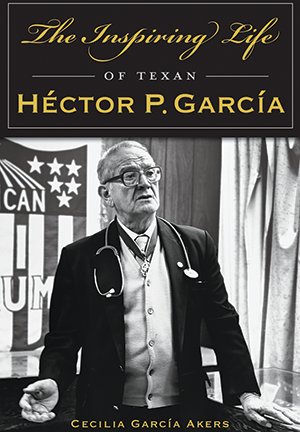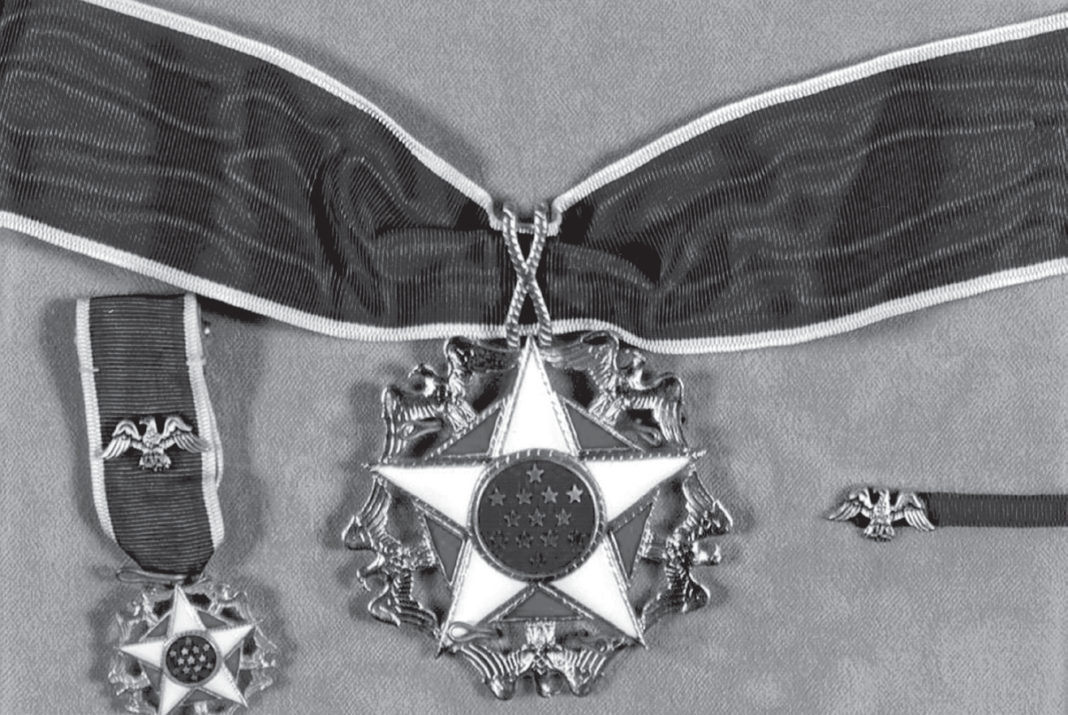
As the old saying goes, “not all heroes wear capes.” And even tough Sam Houston, the biggest hero in Texas, would occasionally don a cloak, this is true in the Lone Star State. Throughout the history of Texas, heroes of all kinds are found in politics, law enforcement, philanthropy, technology, and even singing on the radio! And then there are the Texas heroes who made their mark behind the scenes, avoiding the spotlight altogether. One such Texas hero is Dr. Héctor García.
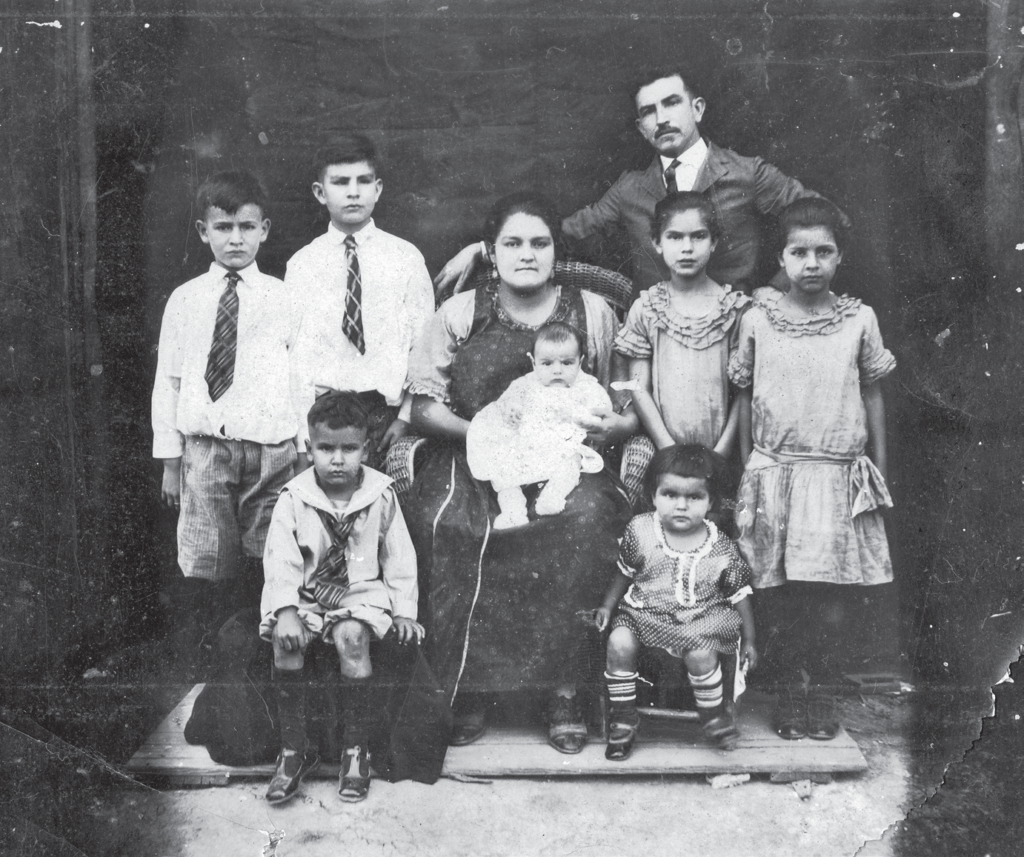
Mexican Immigrant
As the 20th century began to take shape, the United States was emerging as a world power. And in those same years, Mexico was struggling with political infighting and social upheaval. Since Texas won its independence from Mexico in 1836, the relationship between Mexicans and Anglos was mostly poor. White Texans saw Mexicans a ethnically inferior, and ensured that Mexicans who immigrated to Texas remained second-class citizens.
Medical School
Héctor García was not content to let the status quo stand in his way of becoming a physician. Following a segregated education and an undergraduate degree from the University of Texas, García won admission to UT Medical Branch in Galveston, when only one Latino per year was admitted. García would go on to open a medical practice in Corpus Christi, where he sympathized with veterans and Mexican immigrants (he was both). He served the underserved for his entire career.
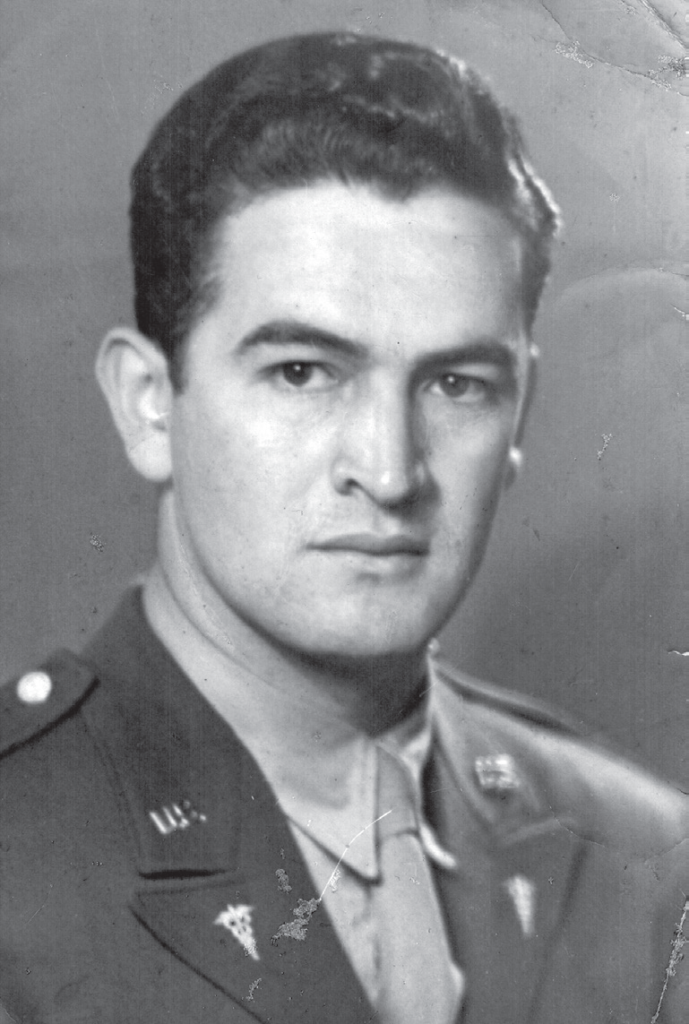
Military Service
Like so many of the so-called Greatest Generation, Héctor García served his adopted country in World War II. And just like in South Texas, the US Army was segregated; but from 1935, as a commissioned infantry officer, until retiring in 1946 with the rank of captain, García served with pride, even winning The Bronze Star along the way. The next year, the Army awarded him the rank of major. Challenging the segregated system, Dr. García fought for his promotions.
“Education is our Freedom, and Freedom Should be Everybody’s Business.” — Héctor García
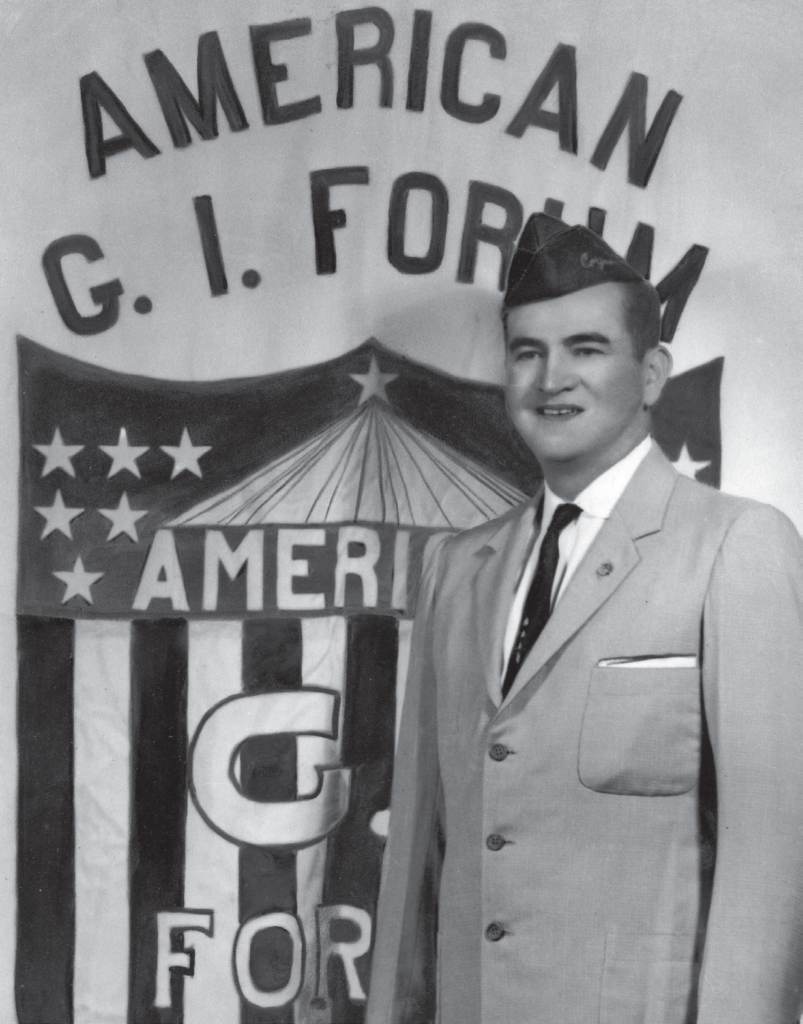
American GI Forum
Not simply content to serve his community as a physician, García founded the American GI Forum in 1948, to help veterans organize, mobilize, and demand educational and medical benefits. When a local mortician refused to serve fallen soldier Felix Longoria, Dr. García made headlines, and got the attention of then-senator and future-president Lyndon Johnson. Both men sought equal citizenship rights and desegregated public schools for Mexican Americans. Eventually, the spotlight found Héctor García — President Reagan awarded García the Presidential Medal of Freedom, the nation’s highest civilian award, making Dr. García the first Mexican American to receive that honor.


